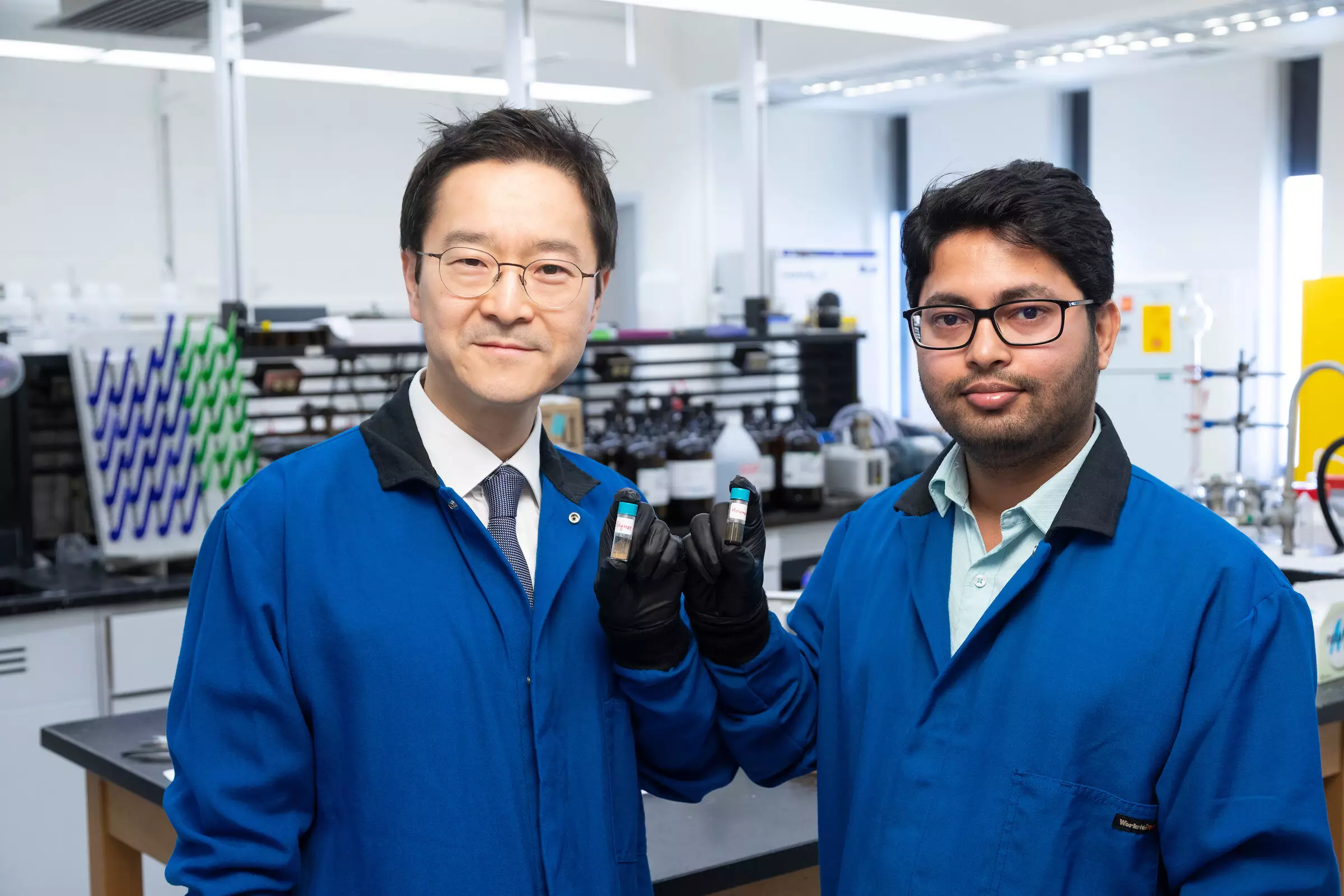In an era marked by increasing concerns around climate change and carbon emissions, researchers at the FAMU-FSU College of Engineering have made a significant advancement in materials science by developing a novel biomass-based carbon capture material. This innovative substance is derived from lignin, a natural organic compound primarily found in the cell walls of plants. Traditionally regarded as a waste product in the wood-processing industry, lignin offers a sustainable and low-cost resource for creating materials that tackle environmental issues, specifically the capture and release of carbon dioxide (CO2).
What sets this new material apart is its ability to efficiently absorb the greenhouse gas CO2 from either highly concentrated sources or the ambient atmosphere. The research, published in the prestigious journal Advanced Materials, outlines the material’s unique structure that can endure multiple cycles of carbon capture and release without degradation. Hoyong Chung, an associate professor involved in the research, emphasizes the elegance of this technology, stating, “We can control the capture and release of CO2 without resorting to extreme conditions, such as high pressures and temperatures.”
A significant finding from their experiments indicated that one gram of this lignin-based material could capture an impressive 47 milligrams of CO2 from concentrated sources. When exposed to ambient air, it could absorb 26 milligrams. This suggests a promising avenue for utilizing such a material in various sectors, including manufacturing and agriculture, where CO2 can be either sequestered permanently or utilized as a feedstock for different applications.
The researchers were intrigued by the unexpected release mechanism of CO2 when the material was subjected to heat. Through advanced nuclear magnetic resonance spectroscopy studies, they observed the emergence of bubbles upon heating, which posed questions about the fundamental behavior of the polymer. Chung and his team discovered that at moderate temperatures, specifically around 60 degrees Celsius and at standard atmospheric pressure, the material could release captured CO2 effectively—reinforcing the potential for practical applications without requiring intensive energy input.
This ability to control CO2 release through temperature manipulation opens up numerous possibilities in diverse fields. By adjusting heat levels, researchers can tailor the material’s capacity to meet the specific demands of various processes, therefore enhancing its versatility in real-world applications.
A remarkable aspect of this biomass-based material is its sustainability aspect. Given that lignin is a byproduct of wood processing, it is not only abundant but also inexpensive. Unlike traditional petroleum-based plastics that contribute to environmental degradation, this innovative approach highlights the potential for transforming a waste material into a valuable solution for carbon capture. Chung likens the material to a “sponge for CO2,” capable of undergoing cycles of absorption and release, thus ensuring that carbon can be continuously captured and utilized as needed.
The implications of this development are significant, particularly as the world strives to adopt greener technologies and reduce reliance on fossil fuels. By aligning scientific research with sustainable practices, this lignin-based material represents a remarkable step forward in the fight against climate change.
The work conducted by Chung’s research team at FAMU-FSU highlights the incredible potential of utilizing lignin for carbon capture and release applications. With its advantageous properties and sustainable nature, this biomass-based material could play a pivotal role in mitigating carbon emissions and addressing environmental challenges to come. As researchers continue to explore the myriad possibilities presented by lignin, the hope remains that such innovations can fundamentally shift the materials landscape toward a more sustainable future.

